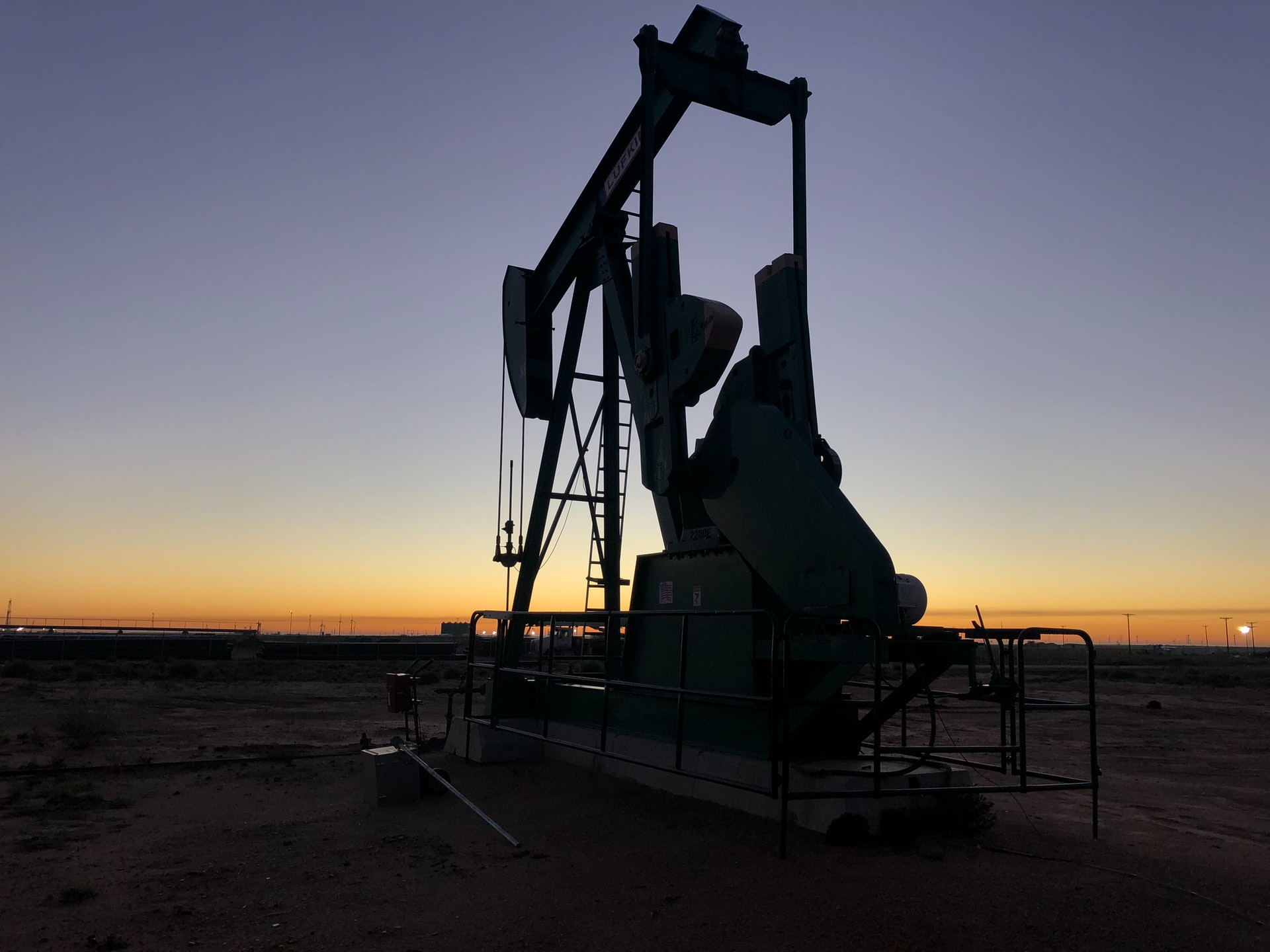Energy demand continues to steadily rebound from the COVID crash, but several measures of supply show a continued downturn in oil inventories.
Though members of the OPEC+ coalition plan on increasing their crude output over the next several months, OPEC has also upped demand and economic growth forecasts. In the US, production is expected to hold steady for some time while the shale industry continues to re-invent itself as a profitable business, less focused on pumping out barrels at a loss.
Related ETFs: Energy Select Sector SPDR Fund (XLE) , Invesco DB Oil Fund (DBO)
OPEC+ Projects Demand Amid Shrinking Supply
Crude futures rose last week after the 23-country OPEC/non-OPEC coalition known as OPEC+ (each group headed by Saudi Arabia and Russia, respectively) decided to increase production by more than 2 million barrels per day (bpd) over the next few months. Such a decision would usually send prices tumbling. Instead, investors read it as a bullish development as they awaited new energy demand and economic growth estimates from OPEC.
Indeed, OPEC announced this morning that the bloc increased its 2021 global oil demand forecast by 100,000 bpd and raised its forecast for global economic growth by 0.3 percentage points to 5.4%.
Additionally, OPEC recently revealed they expect oil inventories to drop by about 445 million barrels in 2021 in the latest supply and demand outlook. Per Reuters, figure is larger than the implied 2021 stock draw of 406 million barrels seen a month ago by OPEC.
On the back of those developments, analysts at Jefferies increased their oil price view, lifting their long-term Brent oil forecast to $58 from $55, citing recovering demand as the vaccination rollout continues and a lower supply risk from the high levels of OPEC+ spare capacity. Additionally, MarketWatch notes that Exxon was upgraded by the analysts to hold from underperform, though they said Chevron’s investment case combined a higher cash flow yield and higher upstream growth potential.
That relative decline in reserves coincides with an even longer-term downturn in exploration and project development, culminating in a 25% decline in the average reserves of major international oil companies (IOCs) since 2015. Per Forbes, those IOC reserves, which include ExxonMobil, Chevron and Royal Dutch Shell’s, now stand at less than 10 years of annual production.
US Production Steady, Ushering in More Conservative Shale Industry
In another bullish development for crude prices, US oil output is expected to come in at 11.04 million bpd this year, down from last month’s forecast at 11.15 million bpd after a deep freeze in February that shutdown the oil industry in Texas, according to US government data. The Energy Information Administration (EIA) also lowered its output forecast for 2022 by 100,000 bpd.
Currently, West Texas Intermediate (WTI) crude oil futures are bumping up against $60 after starting the year around $48.50, a YTD increase of about 24%.
Prior to the pandemic, US crude production was topping out at a much higher 13 million bpd. Even before the COVID-induced oil crash that sent WTI futures into negative territory, constant overproduction pushed prices below the breakeven levels of many drillers and created a sea of red ink in the shale patches. MRP repeatedly warned of an eventual spike in bankruptcies and loss of production in the shale industry, going all the way back in 2018…
To read the rest of this Market Insight, START A FREE TRIAL You’ll also gain access to: If you already have a subscription, sign in










